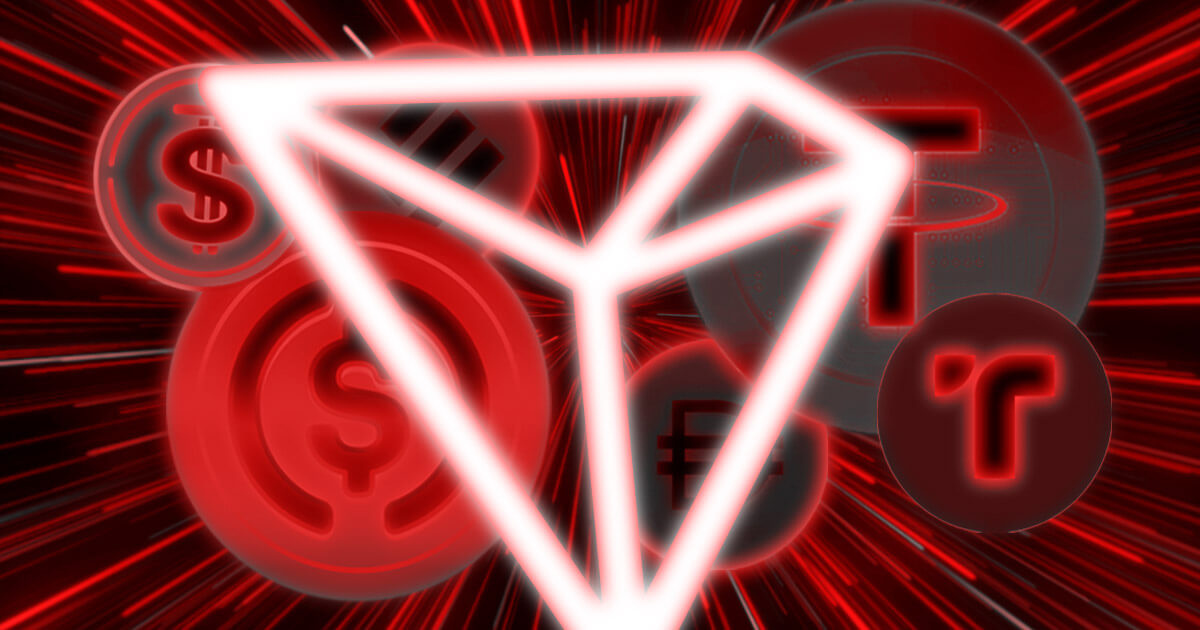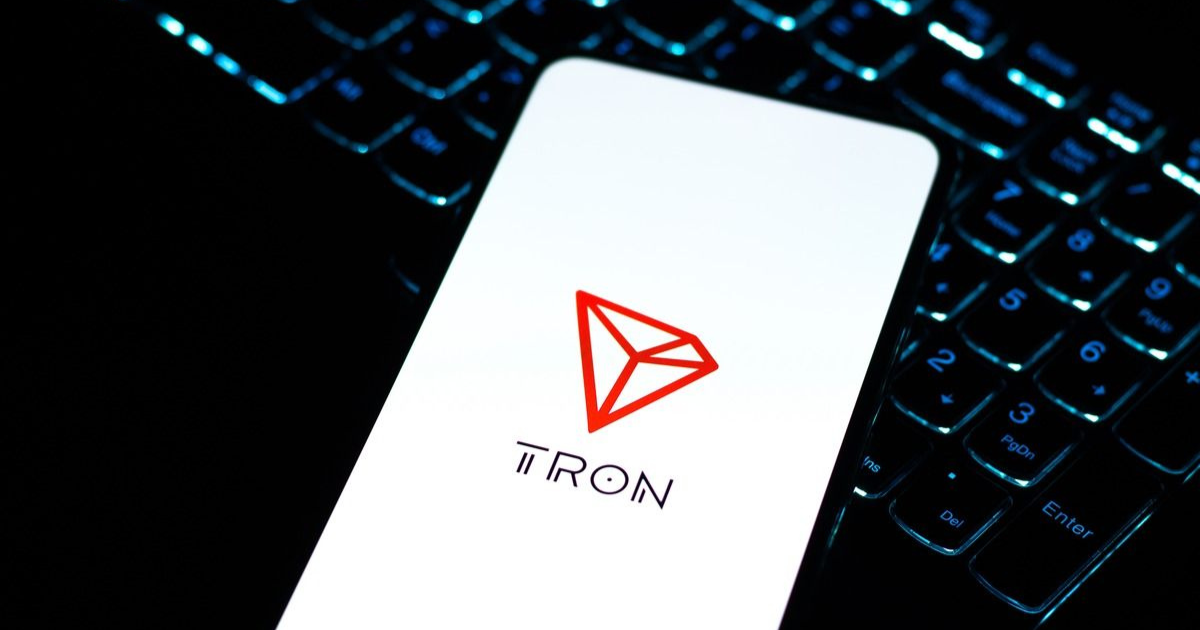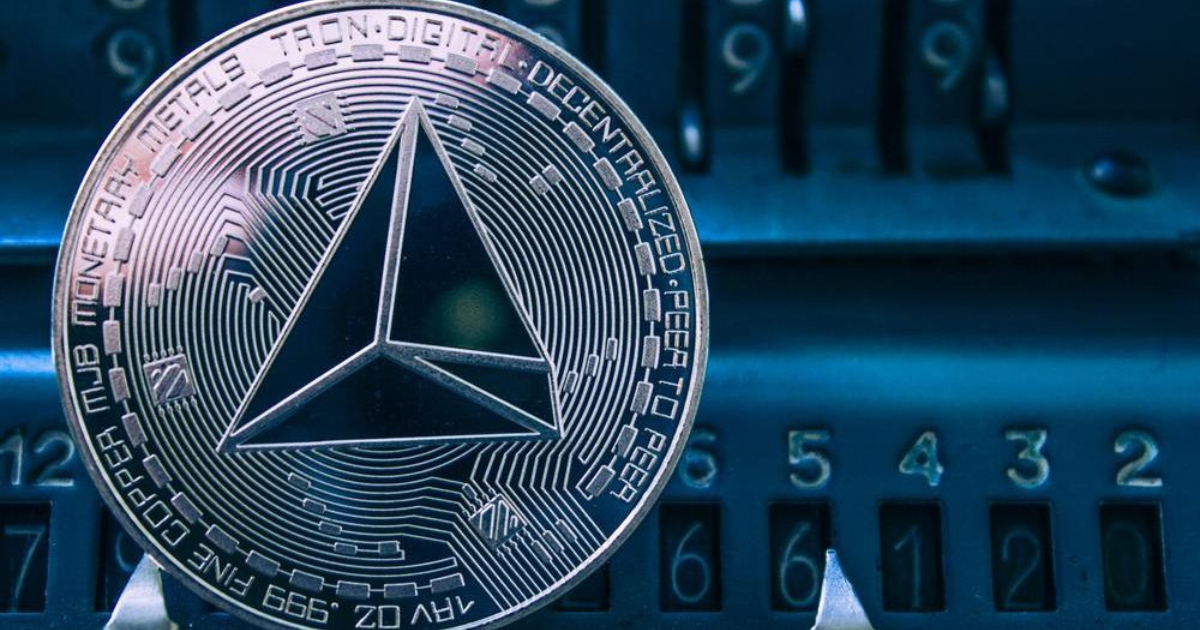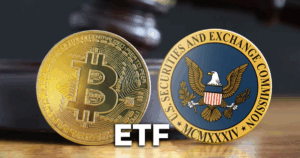Stablecoin activity on the network is skyrocketing and TRON prices remain strong. Circulation of USDT reached a record of $71 billion. It now places TRON just $3.5 billion behind Ethereum’s $74.5 billion. This can force more upward pressure on TRON prices.
Key-Takeaways:
- TRON’s (TRX) prices are being driven by its domination of the stablecoin space, with its USDT circulation at its highest level ever at $71 billion. With the control of 29% of the stablecoin market and 47% of USDT’s circulation, its fundamentals are supported.
- The stability of TRON price is supported by long term holders, which are millions and millions of addresses holding TRX for more than 1 year. The response, it creates liquidity resilience from such loyalty, and it can fuel price growth in times of increased demand.
Stablecoin Dominance Supports the TRON Prices

The TRON prices, however, have benefited from the network’s involvement in the stablecoin market. USDT has become a major platform for transactions.
It is responsible for almost 29% of the total stablecoin market cap. It also backs 47% of USDT’s $149 billion circulation. Though, this boosts the confidence in TRON’s fundamentals. It also takes a cut of those transaction fee revenues for the network.
In his statement, market analyst Darkfost added that with its latest milestone, TRON confirms that it is a big DeFi blockchain. He added that TRON prices are capable of growing even more both short term and long term.
Artemis data backs this view as TRON dominates in terms of active stablecoin wallet addresses. Other than this blockchain, it holds 28% of the total.
However, this dominance gives TRON the status of being the top network that takes the lion’s share of the fee revenue from stablecoin transactions. It helps support the blockchain’s extremely strong fundamentals.
As venture capital begins flowing into the stablecoin sector, TRON prices may get a lift. It is expected that the number of stablecoin issuers will increase by tenfold.
Given these facts, TRON is in a strong place to capitalize on this kind of growth. With its rising adoption, it could drive its prices higher, given its ability to handle $150 billion in stablecoin transactions per week.
TRON Prices Long Term Holders Influence

The price of TRON has remained stable due to loyalty of the long term holder. Out of 2.66 million TRX addresses, CryptoQuant describes that 2.5 million haven’t transacted in over a year.
There are a lot of holders and though each wallet owns just 10 or more TRX, this suggests a strong faith in TRON’s future. TRON has a base of retail investors helping support the prices.
Analyst Crazzyblockk noted that long term holding points towards strong loyalty and engagement of users. This is a trend that would continue to provide support to TRON prices over time.
He said this holds confidence in the network and helps provide liquidity resilience. This means that with less token currently trading, prices can go up in response to increased demand.
Historically, TRON prices have reacted favorably to various markers of user retention and network growth. Conversely, with these current metrics of many millions of dedicated holders it may indicate a solid portion of the total supply is effectively locked away limiting sell pressure on the TRON price.
While stablecoins are on a strong momentum, TRON prices are still a risk due to the limited use outside of USDT. According to Dune data, 75 percent of the 3 million daily active wallets only transact in USDT.
So, this heavy reliance on Tether is a weak spot for TRON. Any change in the TRON-Tether relationship will surely influence the network and TRX prices.
The weak presence of the TRON network in key crypto growth areas could limit the prices of TRON. Compared to market top dogs such as Solana, it trails behind in terms of meme coin activity and DEX trading volume.
It’s also largely absent from the fast growing real world asset (RWA) sector. This lack of exposure cuts off potential catalysts to future price gains.
They warn that TRON prices could come up against resistance if it cannot diversify beyond stablecoin transactions. Despite the stability offered by TRON’s USDT dominance, the concentration of activity to a single use case could keep TRON hedge from hitting greater price volume than more versatile blockchain competitors who capture value in subsectors.
If the TRON network grows beyond stable coins into the other high growth crypto segments, the prices could find needed support. In terms of solidity of movement, it is soon likely to leave Ethereum and become a larger circulation in USDT.
It would fire market sentiment up to that milestone. The rising activity from new stablecoin issuers can further enhance the other reading of the TRON price outlook.
The next growth of TRON’s price depends on its expanding beyond transactions using stablecoins. While USDT is maintained as a single value driver, success in regions like meme coins, DeFi, or real world asset tokenization could help diversify what drives value.
As a result of TRON’s solid base of long term holders, the network has a stable base that allows them to expand and continue to support the price.
Conclusion

The TRON prices are at a critical point where they have to maintain stablecoin success, but there is an even greater need for broader TRON utility. TRON has strong fundamentals with over $71 billion in USDT and millions of long term holders and the price could head north if the ecosystem is expanded.











